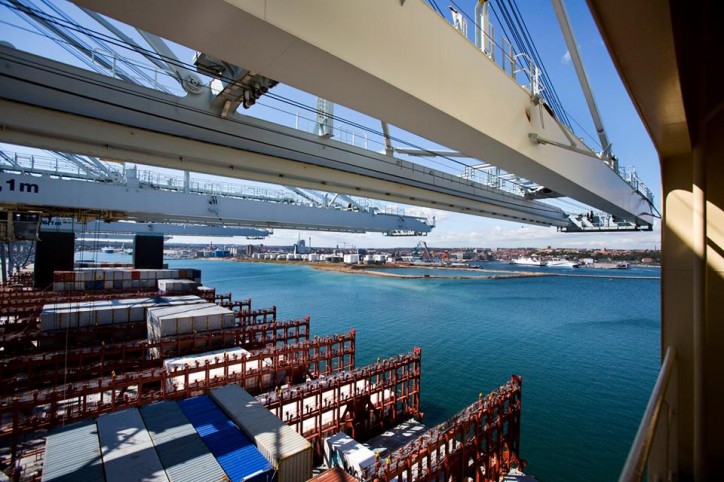The global shipping consultancy that is Drewry has published its Container Forecaster report according to which a dreadful combination of overcapacity, aggressive commercial pricing and weak demand levels is to strain the profitability of the shipping industry for the remaining part of 2015.
Early on this year, Drewry forecast that container carrier vessels would generate on a collective basis profits in the rough amount of USD 8 billion, but it has now opted to revise its stance on the matter and has said that containerized shipping is to be considered quite lucky if it manages to break even. It believes that some lines are going to fall back into the red by this year’s end. Liner operators have to really address the overcapacity issue which is basically putting a chokehold on all of the primary trade routes.

Despite 8%-operating margins for Q1, the lines passed failing oil price savings onto shippers, which contributed for lower freight rate levels. In the foreseeable future, liners are to still experience severe difficulties given as how freight rates are to continue eroding. On a positive note, though, bunkering costs have demonstrated a more stabilized level.
Expectations are for this year’s global freight rate averages to undergo their fastest decline pace since back in 2011, when unit revenue went down by approximately 10%. The liner freight rate situation has not found any shoulder to lean on given the 32% drop of Q2 spot-market rates regarding East-West hauls.
The Ocean Three Alliance, that consists of China Container Shipping Lines, CMA CGM and the United Arab Shipping Corp. recently agreed for the removal of roughly 4% of container capacity regarding its Asia-North Europe trade, which is going to contribute for the Alliance to push rates up in July and August GRI initiatives. There is still, however, need of a more significant approach to the matter, given as how 129 8,000 TEU vessels are in need of lucrative routes for the remaining part of this year.
An additional 10 to 15 ULCVs are going out on the market each quarter and expectations are that this will impact liners in the Latin American, Transpacific and Asia-Middle East trade lanes.
“There is a deficiency for the purposes of box ships that are over 8,000 TEUs regarding routes where if the vessels are placed they won’t be inducing at least some degree of damage to the supply-demand balance. There is a trend of ocean carriers not wanting to idle these rather expensive assets. And when accounting the levels of the orderbook, the conclusion is that it is getting out control with an additional 1.14 million TEUs getting added since the month of January. The emphasis of carriers on ordering such a large number of big vessels is starting to turn back on them as there are virtually no major trade routes that are not plagued by the issue of overcapacity. This is the beginning of a brand new era, in which mega ships are to dominate the industry. Lines, however, can’t simply keep on adding capacity to their respective fleets and expect that there won’t be any major impacts regarding unit revenue levels,” commented Neil Dekker, director of container shipping research for Drewry.